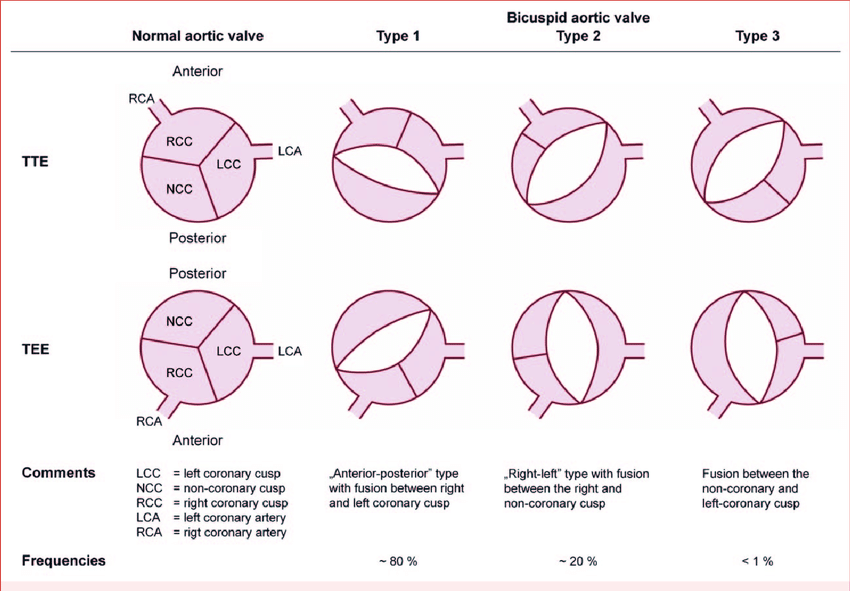
Bicuspid arteriovenous malformations (BAVs) is a condition wherein there are just two leaflets in a normal aortic valve; instead of three, there is just one. This causes blood to circulate from the left ventricular cavity (LV) into the aortic tree and blocks blood from circulating back down through the aortic muscle. The main cause of this condition is a congenital defect, usually inherited from either the mother or father.
The aortic vessel is a blood supply chamber in the upper body that distributes blood throughout the entire body. This is very important as it keeps the cardiovascular system well-oxygenated. When a malfunction occurs, this process is severely impaired and leads to numerous complications. The main reason for this defective component is due to the defective function of the valve that causes it to become abnormal.
In order for these defects to occur, a variety of factors should be present, such as defective flow of blood, weakening of the valves, and weak aortic valves themselves. These can be caused by a congenital defect that affects the bicuspid artery.
Aortic valves are composed of cartilage and they are located just below the diaphragm. They are made up of two parts: the right and the left. They are connected by ligaments and tendons that prevent them from becoming too flexible, thus preventing the body from expanding and contracting. The bicuspids are basically a part of a bicuspid artery.
In bicuspid arteriovenous malformations, the bicuspids fail to produce a proper amount of fluid and they fail to perform properly. When this happens, the pressure on the LV increases and the result are blockage of the aortic arteries. When this happens, the blood is unable to enter and move through the LV and the symptoms begin to show, such as a feeling of heaviness in the chest or pain in the arm.
Some people may have problems with bicuspid valves and may experience tingling in their fingers and a feeling of numbness in the palm of their hand. in hand next to bivalves. In some cases, they will experience chest pains, constipation, and even diarrhea. They may also develop neck stiffness. Bivalves affected in these cases may require surgery to treat the condition, and in some severe cases, they may even be removed entirely.

Patients with aortic stenosis also have a reduced ability to contract and dilate the arteries that carry blood to the heart. As the muscles in these arteries become weak, it creates a blockage in the arteries, which is a leading cause of heart attacks and other serious heart conditions.
Other causes of this condition include diabetes, hyperglycemia and hyperlipidemia, hyperparathyroidism, and hypertension. There is no known cure, but these conditions are treated with medications that strengthen the arteries and improve heart function. More information about this can be found on the website HandalDok
There are several treatment options available to reduce the severity and number of these symptoms. Depending on the severity of the condition, you may need open or laparoscopic surgery. For minor blockages of the bicuspid artery, open surgery is usually performed. During these surgeries, small incisions are made on the arm, and the affected area is cleared of excess fluid and excess scar tissue. The surgeon will then remove the blockage using an endoscope or laser.
Laparoscopic surgery, however, requires the patient to have small incisions made in the upper and lower arm, and both sides of the chest and also in the shoulder or back. The surgeon will use a camera to create a computerized image of the affected area and the surgeon will use lasers to cut into the blockage.
After the surgery, the patient will be given a course of medication. They will also be given exercise and physical therapy to help relieve pain and keep the muscles relaxed. They will also be given medications to keep the blood from flowing into the narrowed arteries and to encourage the arteries to relax so that the bicuspids can expand and dilate.
Sometimes, the best thing you can do to prevent this type of blockage is to maintain good heart health and to have a healthy diet. You should also take the necessary steps to prevent the accumulation of calcium and build muscle mass. If you smoke, quitting is always better than trying to treat the blockage later on.
About the author